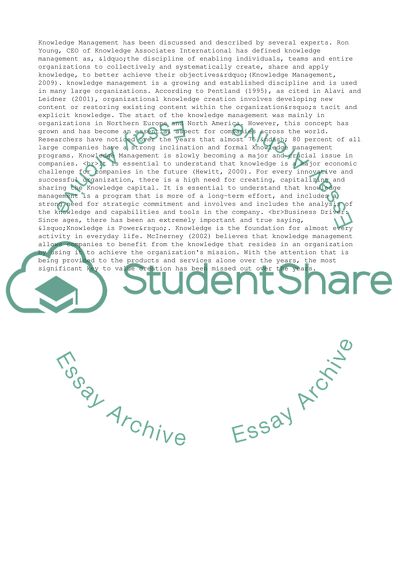Cite this document
(“Knowledge Integration in Strategic Management Dissertation”, n.d.)
Knowledge Integration in Strategic Management Dissertation. Retrieved from https://studentshare.org/management/1740733-strategic-management-knowledge-integration
Knowledge Integration in Strategic Management Dissertation. Retrieved from https://studentshare.org/management/1740733-strategic-management-knowledge-integration
(Knowledge Integration in Strategic Management Dissertation)
Knowledge Integration in Strategic Management Dissertation. https://studentshare.org/management/1740733-strategic-management-knowledge-integration.
Knowledge Integration in Strategic Management Dissertation. https://studentshare.org/management/1740733-strategic-management-knowledge-integration.
“Knowledge Integration in Strategic Management Dissertation”, n.d. https://studentshare.org/management/1740733-strategic-management-knowledge-integration.


